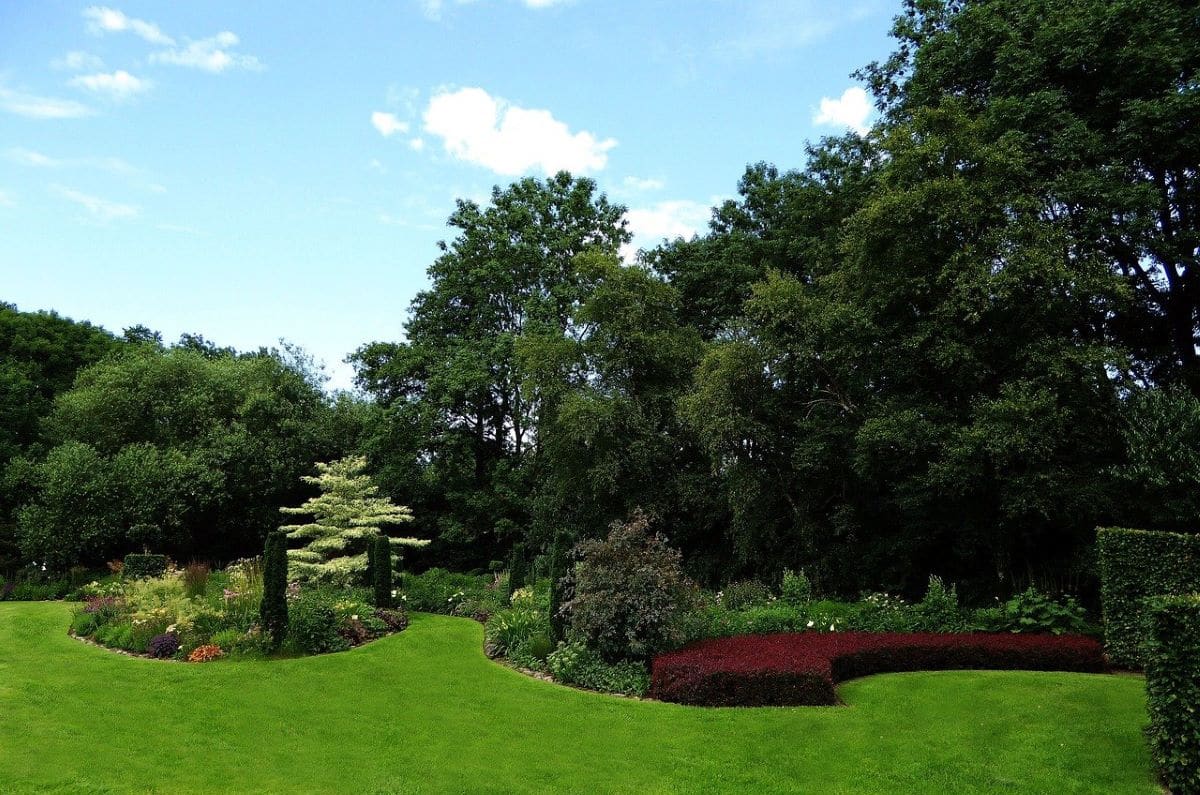
There are many different types of trees all over the planet. According to some studies, there are at least sixty thousand unique tree species on Earth. It's a barbarity! These vegetables not only live in forests and jungles, but also in our gardens and orchards. So many people wonder How long does it take for a tree to grow?
We are going to answer precisely this question in this article. Obviously, not all trees grow at the same speed. However, we will explain what factors influence and we will comment on which are the trees that grow faster and which is the tree that takes the longest to grow.
tree growth

Let's start by answering the big question: How long does it take for a tree to grow? The answer is simple, but imprecise: It depends. Some species of these gigantic vegetables grow relatively quickly, while others grow very slowly. There are two factors that determine how fast trees grow: Tree species and location. This last factor is essential for the development of plants for several reasons that we will discuss below.
Climate and temperature
Generally, vegetables tend to grow faster when they are in hot weather. For this reason, many of the tree species that live near the equator can grow several meters in a single year and reach maturity in twenty or even ten years. In contrast, trees found in northern latitudes tend to grow much more slowly. In fact, on many occasions they do not exceed one meter, or two, in the same year.
As well Sunlight is essential for plant growth. Continuing with the example of equatorial trees, these usually receive a lot of sunlight, which is very beneficial for their development and also for photosynthesis. Thus, it is not surprising that tree species in Costa Rica grow considerably faster than trees in Norway.

An aspect that also influences in terms of temperature is the elevation of the land. For this reason, trees growing in alpine regions tend to grow more slowly than those found at low altitudes.
Specific context and rainfall
Another factor that makes location so important is the specific context. Let's take a couple of examples: A tree that grows in sunlight grows faster than one of the same species that is in the shade, or a tree that grows at the bottom of a hill may grow more slowly or faster than one of the same species that is on top of that same hill.
When it comes to determining how fast trees grow, rainfall plays a fundamental role. Water is essential for the development of all plants. A clear example that reflects this fact is the temperate rain forest zone, which is found in the United States. Much more rain falls in that area than in the rest of North America, and as a result, the trees there are the tallest on Earth. Among them is the redwood, Sitka spruce, giant sequoia, and Douglas fir. Obviously, the amount of water does not only affect the height of the trees, but also their growth rate.
What are the fastest growing trees?

Now that we are clear about the factors that influence tree growth, let's see what they are. the fastest to reach height:
- Ash tree: Its growth is very fast, which is why it is very popular for gardens and for harvesting its wood. It usually reaches a height of between fifteen and twenty meters.
- Sauce: There are more than 400 species of willows, some of them grow faster than others. Since this tree is one of the most shady, it is very popular in parks.
- Eucalyptus: Due to its great resistance and rapid growth, eucalyptus is widely used in the cosmetics industry and in the paper and furniture manufacturing industry.
- Horse Chestnut: Also known as false chestnut, this tree is capable of reaching a height of up to thirty meters, but the vast majority usually stay between ten and twenty meters.
- Mimosa: The mimosa is a very popular type of acacia in gardens and parks, thanks to its fast growth and its ornamental value.
Which tree takes the longest to grow?

As we have already mentioned before, it is difficult to answer the question of how long it takes for a tree to grow. Still, let's put some examples of popular trees and by the way we see which of them is the one that takes the longest to grow. In this way we can get an approximate idea of the growth time:
- Pine tree: This tree species grows quite quickly. It is capable of reaching about fifty centimeters in diameter in the trunk in just twenty years.
- moringa: Originally from India, this tree begins to bloom just eight months after planting. The fruits it bears mature in approximately three months.
- Holm oak: Instead, the oak takes its time to grow. This tree species usually gives its first acorns when it is fifty years old.
- Walnut: With only five years of age, the walnut tree already begins to bear the first nuts. Thus, the growth of this tree is quite fast, compared to others.
- Oak: The oak is probably one of the slowest growing trees, perhaps the slowest. This species can live up to 600 years and take around 200 to fully develop.
Despite not being able to give an exact figure that determines how long it takes for a tree to grow, I hope that you have been able to get an approximate idea of the time that certain types of trees can take. To see how a tree grows and develops completely, you have to have a lot of patience.